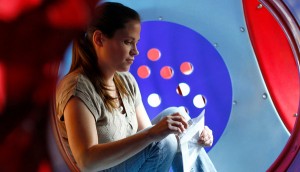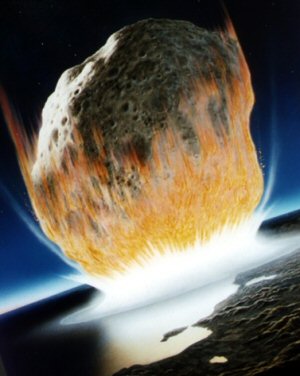Among the many celestial objects in this galaxy, there are few that stand out more than this proverbial gem of a planet. This isn’t just any gem, it’s a massive, super dense crystal made of carbon; it’s a diamond.
Recently, a research team at Swinburne University of Technology in Melbourne, Australia lead by Professor Matthew Bailes discovered a massive diamond planet orbiting around a pulsar star located 4000 light years away from Earth. This planet is assumed to be the extremely dense center core of a once giant planet that lost its outer layer due to the radiation emitted from the dead neutron star in which it orbits every 2.2 hours. The orbit is so tight that rotation of the planet around the pulsar would fit inside the sun.

The planet is about five times the size of Earth and weighs as much as Jupiter, but is approximately 20 times denser. The majority of the outer core has been shed leaving only 0.01% of the original mass which leads scientists to believe that it is a carbon white dwarf. According to Professor Bailes “the evolutionary history and amazing density of the planet all suggest it is comprised of carbon”. Based on their research, scientists also believe that the planet is likely to contain oxygen at the surface with very rare quantities at the center of the dense carbon core. Lighter elements such as helium and hydrogen are assumed to be non-existent.

The question that some researchers are wondering now is whether the planet actually looks like a giant diamond up close. Researchers have not devised a way to look at the planet directly, but Professor Bailes has hypothesized that a beam of light hitting the planet would cause it to sparkle just like a real diamond. As long as scientists are unable to view the planet directly however, we will simply have to use our imagination and attempt to picture what this new mysterious planet could look like.
Reporter Discusses the Diamond Star on Newsy
https://www.youtube.com/watch?v=g1lRUxuo0fA





